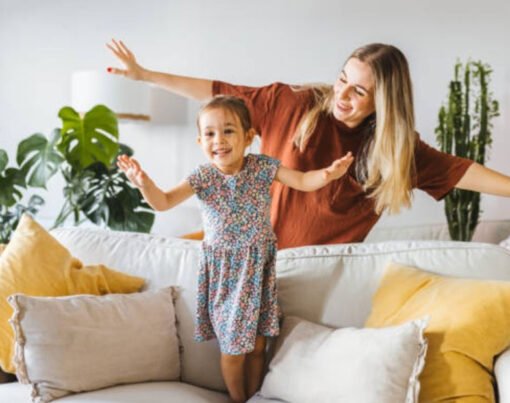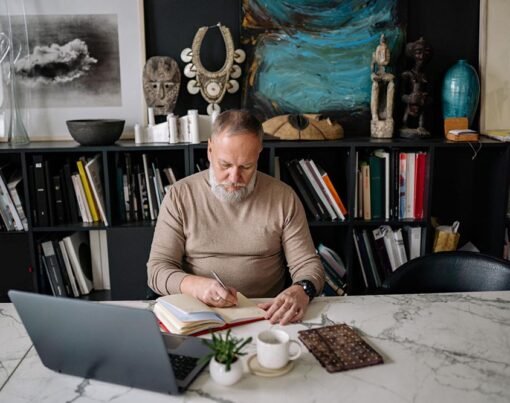If you’re shooting interiors, whether it’s lifestyle, real estate, or something in-between, here are a few quick guidelines that will help you achieve the look you want faster.
Depending on your own photography style, feel free to change or completely disregard any of these tips to better match your unique vision.
Table of Contents
Height and Perspective
If you strive for effective and realistic images, consider shooting from your hip and maintaining a neutral perspective. Make sure your camera is level and pointed straight forward. This will help keep everything flush and accurately capture the environment you are in.
As you know, interiors have lots of lines from floors and ceilings to doorways and furniture. So you would be well-advised to use a tripod to keep everything level and in the right perspective.
Composition
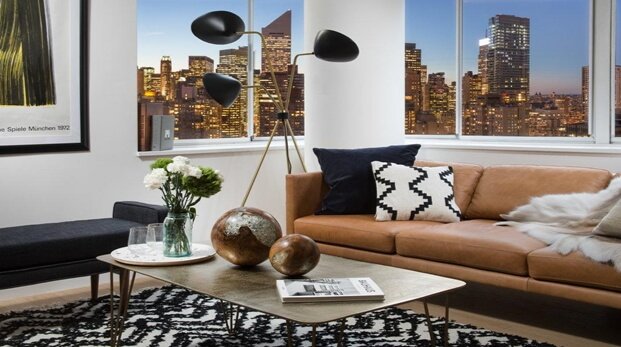
Most interior shoots will probably feature furniture over people. So, you need to decide on the subject first and then compose your shot accordingly.
Don’t be afraid to experiment with your space. Move things around to get the best possible picture. For instance, most people would probably have soap by their sink. But it doesn’t always make for a pleasant interior photo. So, look around and remove the objects that might interfere with the aesthetic appeal of your future photographs.
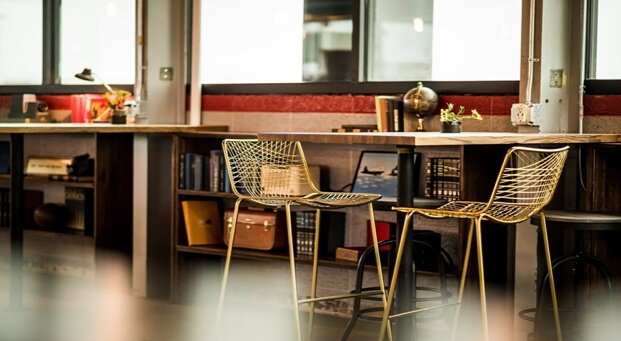
Try adding blankets, toys, books, cushions, or knick knacks in your shot. This will help spruce up your interior and lend a casual and homey feeling to your photos. You may zoom in on certain décor elements or interior pieces, blur or even remove background from image completely. Just make sure it makes sense for your shot.
Pay special attention to your furniture. Decide on the furniture pieces that can help convey the mood of the space and enhance your composition. Also, keep scale in mind when picking your sofas, vanities, chairs, etc. Balance large and bulky pieces with small and elegant items for a more harmonious composition.
Lenses
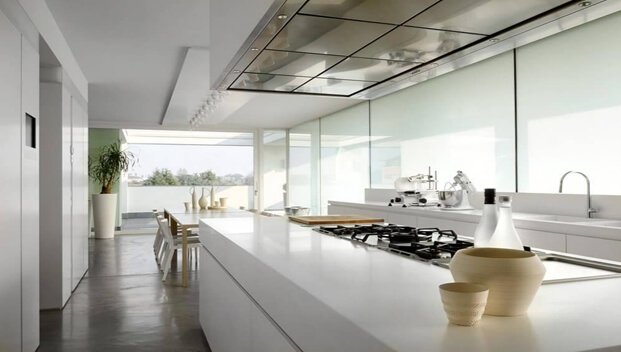
You’ll likely want to try out a variety of lenses when shooting interiors. This way, you won’t miss out on important details and succeed in capturing the overall vibe of your space.
On a full-frame camera, most professional interior photographers shoot with 24mm or 35mm lenses. They are wide enough to get most of what you really want in your shot without being too generic or distorting your perspective.
You can go bold and try a 60mm lens for more detailed shots. In certain types of photography, like real estate, your client may want even a wider perspective to show off more of the room and make it look spacious. So, as always, use your best judgment.
Lighting
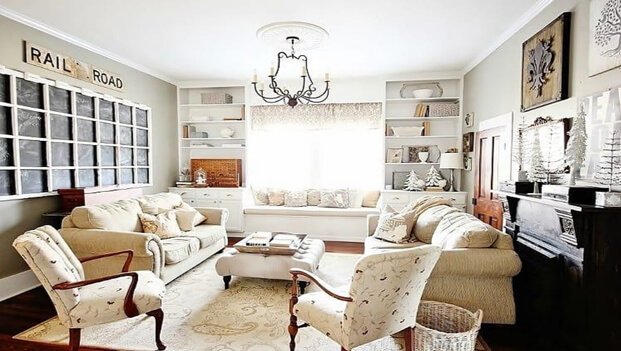
Natural light makes your interior look more welcoming and vibrant. What’s more, it’s less overwhelming and makes your pictures appear more cinematic. If you want to shoot in natural lighting, choose a brighter time of the day like 10 p.m to 3 p.m. This will help ensure cleaner and more neutral looks of your photos.
You can use LED panels to fill in shadows. But if you don’t have any of those, use a reflector to bounce some light in your scene.
What you also want to do is turn off any interior lights. Having two competing color temperatures can really spoil the effect. If you need to highlight some light fixtures or any other specific sources of interior light, keep them on and adjust the temperature in post-production.
Aperture
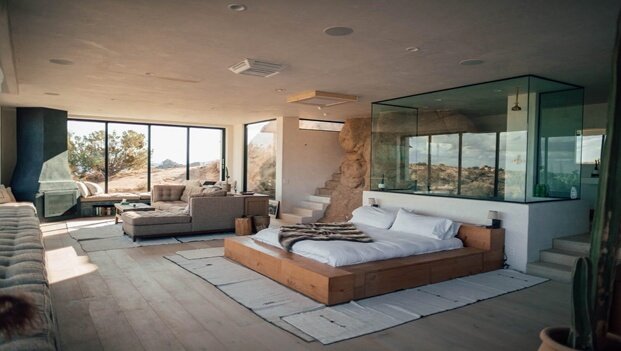
For more effective images, try shooting with a higher aperture, somewhere between 5.7 and 11 to keep the majority of your shots in focus. You can achieve a softer vibe by shooting more wide open like 1.2 to 4.5. So, determine the look you want and set your aperture accordingly.
Post-Production Tools

Once the job is done, you’ll want to add the finishing touches to your photos at the post-production stage. Use dedicated tools to enhance the look of your interior photos and turn them into full-fledged projects. With the right tools, you can masterfully separate light levels, create or reduce contrast, adjust colors, vibrance, and saturation to your liking, and much more. With this in mind, you shouldn’t skimp on quality photo editing software as it will help you finesse your pictures and hone your photography skills.

